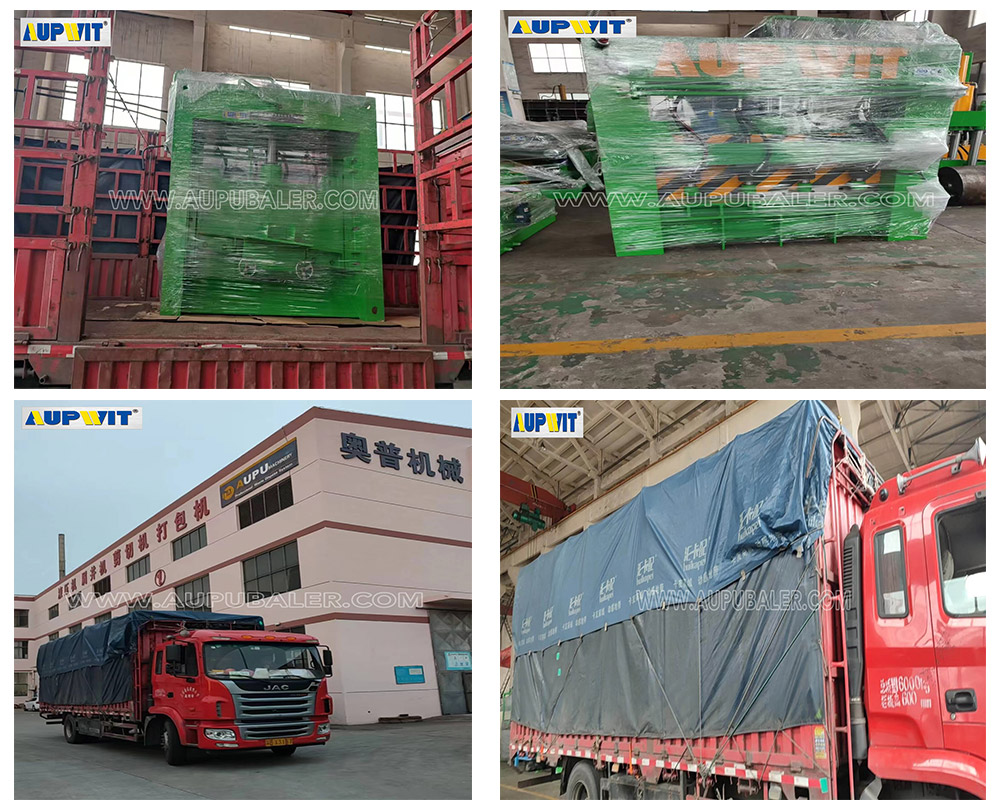1. Tool selection and adjustment
Choose a suitable tool: Select a tool according to the nature and thickness of the cutting material. Carbide tools are required for cutting materials with high hardness, such as alloy steel; high-speed steel tools can be used for cutting softer metals, such as aluminum and copper. The shape of the tool edge will also affect the cutting effect. Straight-edged tools are suitable for cutting straight lines, and bevel-edged tools can reduce cutting force. They can be selected according to cutting needs.
Adjust tool gap: If the tool gap is too large, the cutting surface will be uneven and burrs will appear; if the gap is too small, the tool will be easily worn, and may even damage the tool and equipment. Generally speaking, when cutting thin materials, the tool gap should be smaller; when cutting thick materials, the tool gap can be appropriately larger. The appropriate tool gap needs to be determined through experiments based on specific materials and cutting requirements.
2. Cutting parameter setting
Cutting speed: If the cutting speed is too fast, the cutting surface may be rough or even jagged; if the speed is too slow, the work efficiency will be reduced. For materials with high hardness, the cutting speed should be slower; for materials with low hardness, the speed can be appropriately increased. For example, when cutting stainless steel, the speed should be slower than when cutting ordinary carbon steel.
Feed rate: Feed rate refers to the speed at which the material moves in the direction of the tool during the cutting process. If the feed rate is too large, the cutting force will increase, affecting the cutting accuracy and surface quality; if the feed rate is too small, the cutting time will be prolonged. The feed rate should be adjusted reasonably according to the thickness and hardness of the material and the performance of the tool.
3. Equipment maintenance and care
Keep the equipment clean: Regularly clean the metal debris, dust and oil on the equipment to prevent them from entering the tool or transmission parts and affecting the cutting effect.
Regular inspection and maintenance: Regularly check the wear of the transmission parts and tools of the equipment, and replace the seriously worn parts in time. Lubricate and maintain the equipment to ensure the smooth operation of the equipment, thereby ensuring the stability of the cutting effect.








